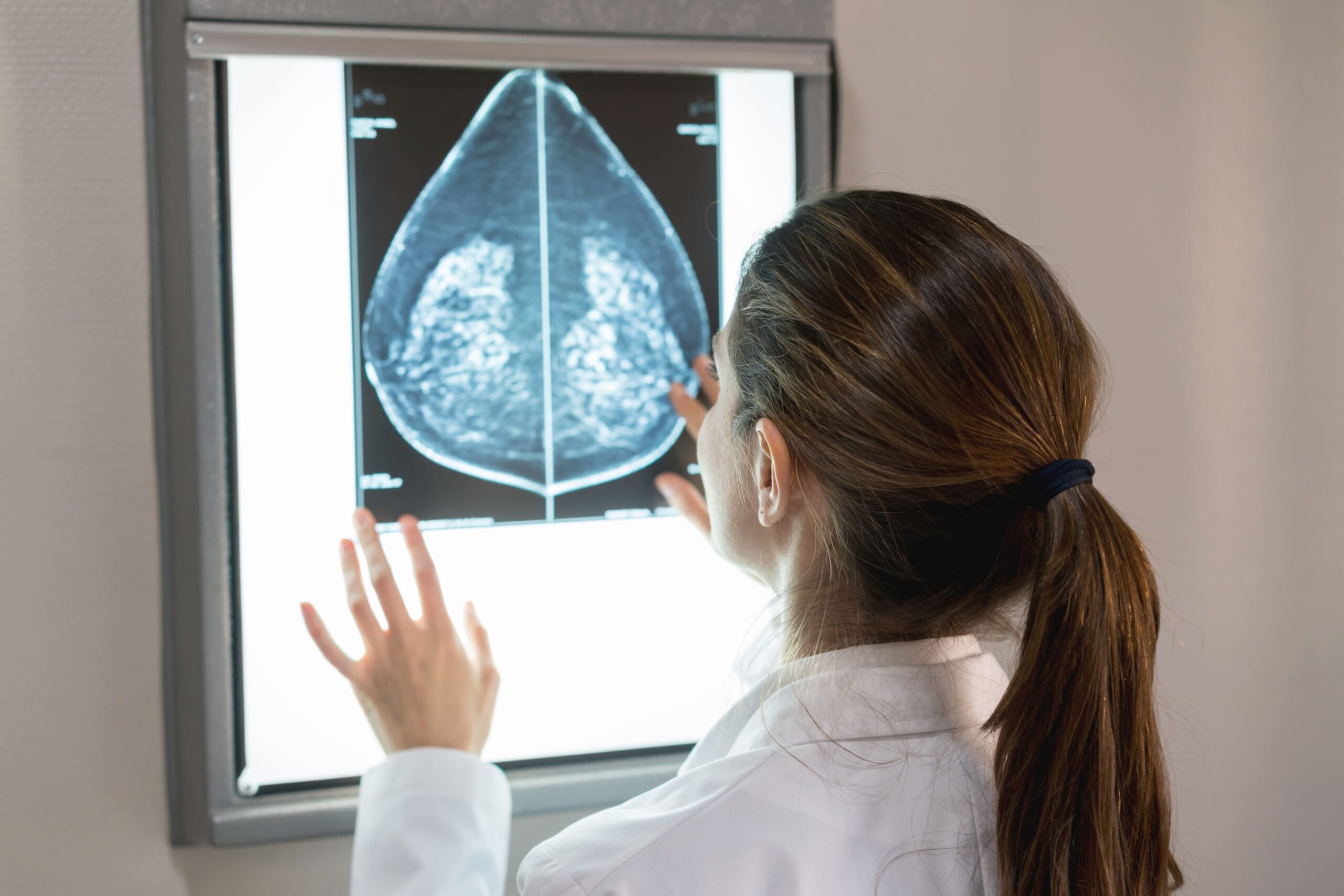What is Breast Lump Removal?
Breast lump removal (lumpectomy) is a surgical procedure performed to remove abnormal growths or lumps in the breast tissue and may be necessary to diagnose and treat breast cancer, or to remove benign (non-cancerous) lumps that may be causing discomfort or other symptoms. The aim of the procedure is to remove the lump or growth and prevent it from growing or spreading.
When Is Breast Lump Removal Needed
Breast lump removal is important for several reasons. Firstly, if the lump is cancerous, the procedure may be necessary to remove the cancerous lump. Secondly, benign lumps that may be causing discomfort or other symptoms may need to be removed. Thirdly, some lumps may need to be removed completely for diagnosis as the initial biopsy was inconclusive. By removing abnormal growths or lumps, doctors may be able to detect cancer in its early stages when it’s easier to treat and cure.
Types of Breast Lumps
Breast lumps can be classified as benign or malignant. Benign breast lumps include:
- Cysts: Fluid-filled sacs that can develop in the breast tissue.
- Fibroadenomas: Non-cancerous tumours that can develop in the breast tissue.
- Intraductal papillomas: These are usually non-cancerous growths that can develop in the milk ducts of the breast. However, some can be found to harbour cancerous cells or harbour abnormal cells that puts one at risk of cancer.
Malignant breast lumps are cancerous and can include:
- Invasive ductal carcinoma: The most common type of breast cancer, which starts in the milk ducts and can spread to other parts of the breast.
- Invasive lobular carcinoma: A type of breast cancer that starts in the milk-producing glands of the breast.
- Ductal carcinoma in situ: A type of breast cancer which is usually confined to the breast and has not spread to the other organs.
- Inflammatory breast cancer: A rare and aggressive type of breast cancer that can cause the breast to appear red and swollen.
When is Breast Lump Removal Necessary?
Breast lump removal may be necessary in a variety of situations, including:
- Suspicion of Breast Cancer: If a lump is suspected to be cancerous, breast lump removal may be necessary to diagnose and treat the cancer.
- Benign Lumps: In some cases, benign lumps may be causing discomfort or other symptoms, and it may be necessary to remove the lump and alleviate the symptoms.
- Breast Cancer Treatment: Breast lump removal may be used as part of the treatment plan for breast cancer, in combination with radiation therapy, chemotherapy, or other treatments.
Preparing for Breast Lump Removal
Before surgery, you will have a series of appointments with your surgeon, which will involve physical examinations and imaging tests like X-rays or mammograms to evaluate the tumour’s dimensions and form.
You will also be required to disclose any allergies and medications you are on. Also, inform your surgeon if you are pregnant or believe you could be.
Your surgeon will probably order you to stop taking blood thinners up to a week before surgery. You will also need to fast and refrain from drinking fluids for around 8 to 12 hours pre-surgery.
Compile a list of questions for your surgeon. It is also useful to have someone with you on the day of surgery for support, help with understanding post-operative instructions, and transportation home.
Recovery Time and Follow-Up Care
After surgery, you will be monitored in the recovery room before being transferred to a ward or discharged. Recovery time will vary depending on the type of surgery performed, but most patients can be discharged on the same day (day surgery) and expect to return to their normal activities within a few weeks.
Recovering from Breast Lump Removal
After surgery, take good care of the incision site to reduce the risk of infection. A waterproof dressing is usually applied so that showering is possible on the following day. Avoid certain activities, such as heavy lifting or strenuous exercise for several weeks after the procedure.
Pain Management
Breast lump removal surgery can be painful, but there are several pain management techniques that can help alleviate discomfort. These may include over-the-counter pain medications and prescription pain medication.
Lumpectomy Procedure Explained
A lumpectomy typically involves the following steps:
- Anaesthesia: Before surgery, you will most likely receive general anaesthesia, which will put you in a painless sleep during the procedure.
- Incision and removal of the tumour: The surgeon will make an incision in the breast, typically along the natural contour to minimize scarring. They will then carefully remove the lump and a small margin of healthy tissue surrounding it. The surgeon may also perform a sentinel lymph node biopsy during the lumpectomy.
- Closing the incision: Once the lump or tumour has been removed, the surgeon will close the incision using sutures or surgical glue. In some cases, a small drain may be placed in the breast to remove any excess fluid that may accumulate during the healing process.



